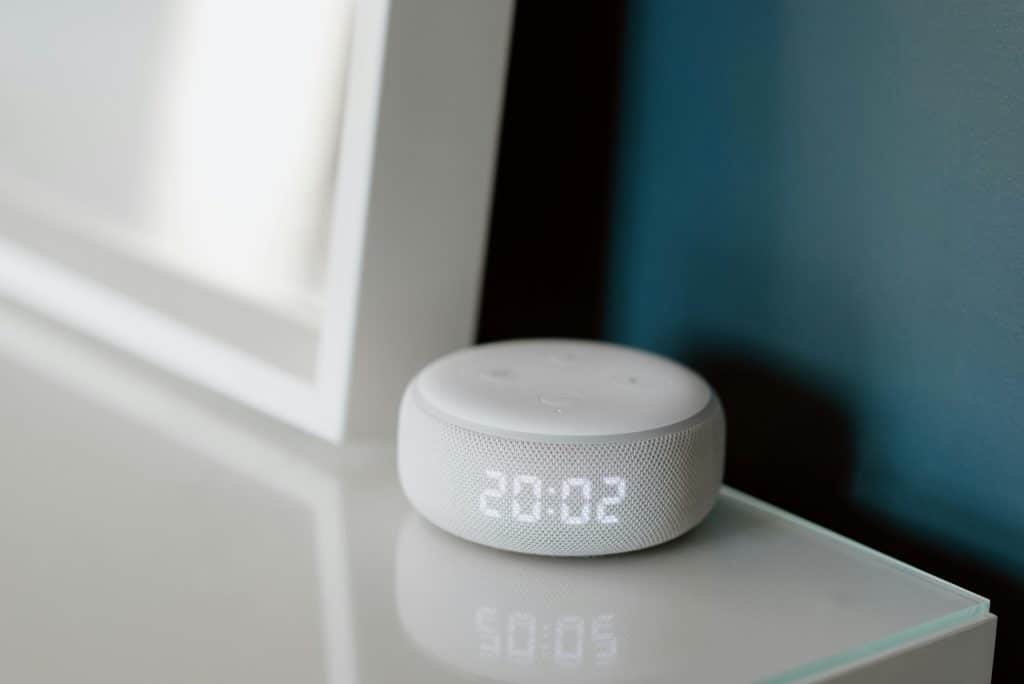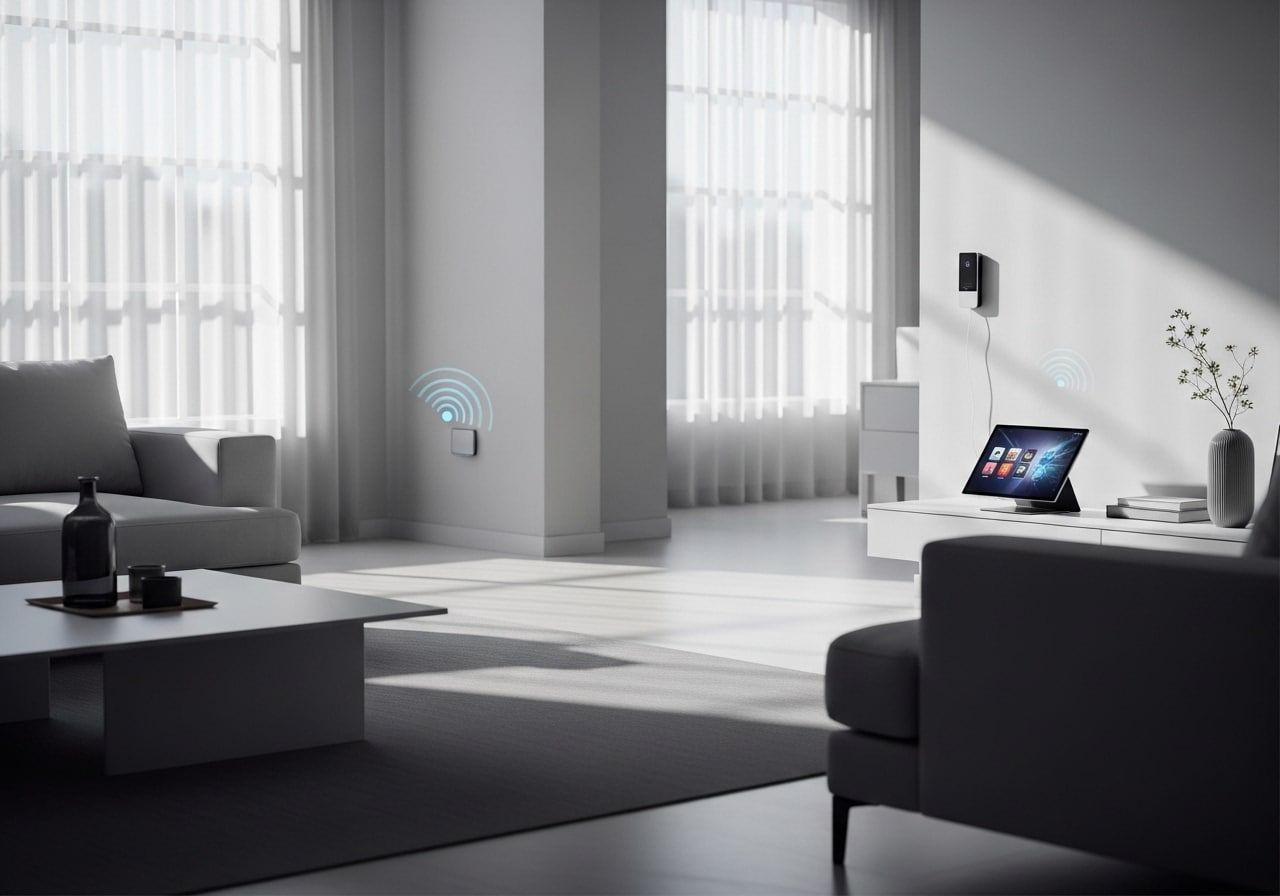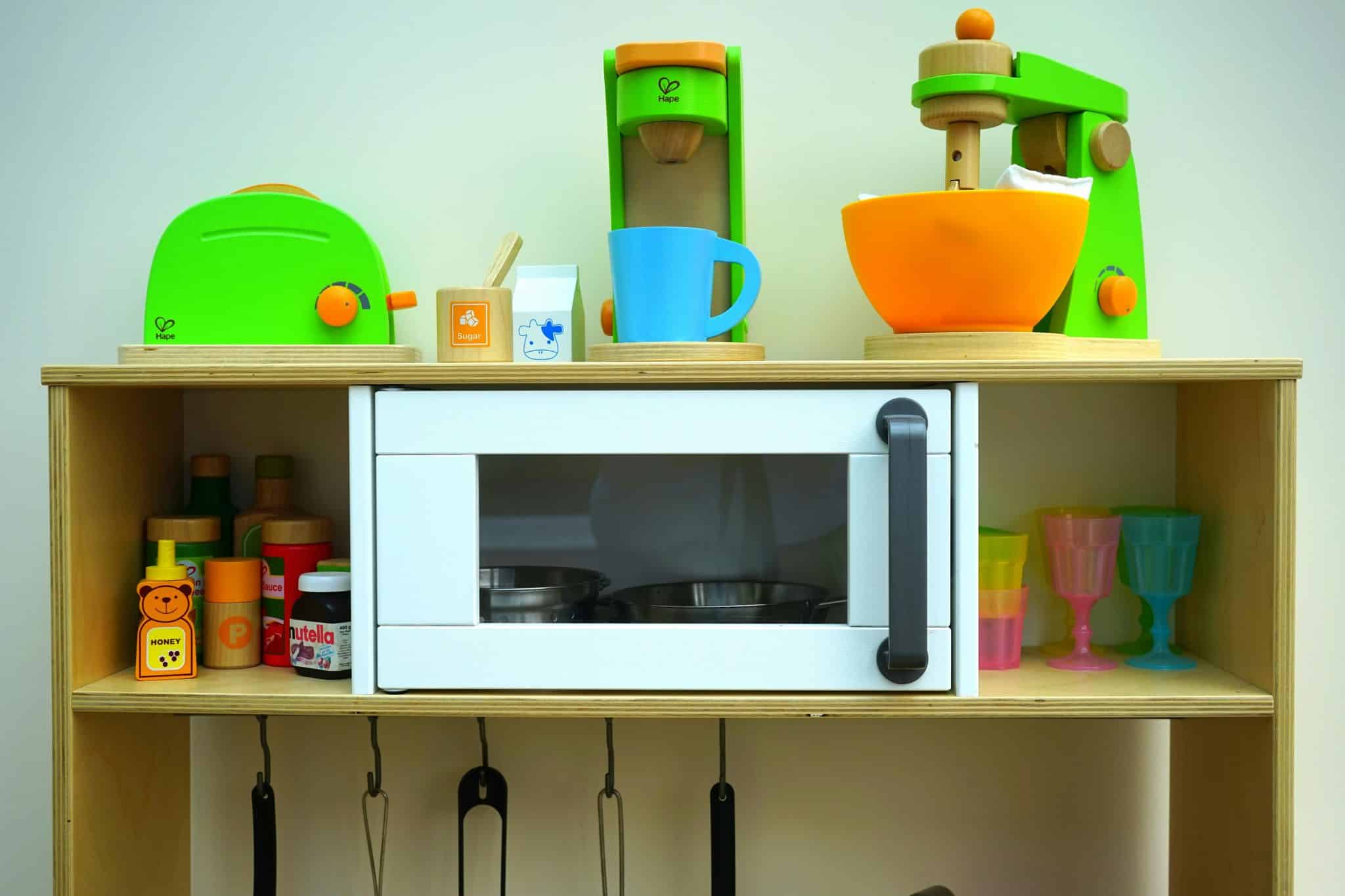Smart home technology has become a game-changer in modern living, fundamentally altering how we experience and interact with our homes. Picture this: intelligent lighting that naturally adjusts to your daily routine, sophisticated security systems that recognize your family’s unique patterns, and automated devices that handle mundane tasks while you focus on what matters most. These innovations are revolutionizing convenience, safety, and energy efficiency in homes across the globe. Take robot vacuums, for example—they perfectly demonstrate how automation and intelligence merge in our daily lives, quietly maintaining spotless floors while homeowners go about their day.
The Evolution of Smart Home Technology
Smart home technology brings together interconnected devices that respond to remote commands and operate automatically based on your preferences or changing environmental conditions. What started with basic programmable thermostats in the 1980s has blossomed into sophisticated, AI-driven ecosystems that seem to anticipate your every need.
The transformation has been remarkable. We’ve moved far beyond simple remote control to systems that actually predict what you want before you ask. Consider this: the typical connected household now boasts over 25 smart devices, and adoption continues to surge as the technology becomes more accessible and budget-friendly. This rapid growth speaks volumes about how people are discovering real, tangible improvements to their daily routines through smart home integration.
Key Innovations Shaping Smart Homes

AI and Predictive Automation
Artificial intelligence has emerged as the beating heart of contemporary smart home systems, empowering devices to learn your habits and handle tasks without any input from you. Today’s smart thermostats don’t just follow a schedule—they study your occupancy patterns, check weather forecasts, and optimize energy usage accordingly. Meanwhile, intelligent lighting systems fine-tune brightness and color temperature throughout the day, matching your natural rhythms and personal preferences.
Perhaps even more impressive is predictive maintenance. Smart appliances now monitor their own health, catching potential problems and alerting you before expensive breakdowns happen. This forward-thinking approach can save you hundreds in unexpected repair bills while keeping your devices running longer.
Key Takeaway: AI-driven smart homes anticipate your needs, making daily life more seamless.
Device Interoperability and Connectivity
The rollout of Matter-enabled devices has tackled one of smart home technology’s most frustrating obstacles: the inability of different brands and platforms to work together smoothly. This universal connectivity standard ensures that devices from various manufacturers can actually talk to each other, creating the unified smart home experience that consumers have long wanted.
The advantages of better interoperability are clear:
– Less frustration with incompatible ecosystems
– Streamlined control through a single interface
– Stronger security via standardized protocols
Local network communication has also stepped up, delivering faster response times and greater reliability by reducing dependence on cloud services for everyday functions.
Health, Wellness, and Accessibility
Smart home technology is increasingly becoming a wellness partner. Health monitoring capabilities now extend throughout the home, with advanced air quality sensors automatically adjusting ventilation to maintain the perfect indoor environment. Integrated health-tracking devices provide ongoing monitoring for family members who need it most.
The accessibility benefits are particularly transformative for seniors and individuals with disabilities. Voice-activated controls eliminate the physical challenges of reaching switches and buttons, while emergency response systems can detect unusual patterns and automatically call for help. Imagine a senior who simply speaks to control every light in their home, with systems smart enough to detect a fall and immediately alert family or medical professionals.
Security and Privacy Advances
Today’s AI-powered security systems have evolved into something far more sophisticated than traditional alarms. They now feature facial recognition, intelligent threat detection, and behavioral analysis that can tell the difference between family members, expected guests, and potential intruders—dramatically cutting down on false alarms while boosting real protection.
Looking ahead, emerging technologies like quantum encryption promise even stronger privacy protection, safeguarding personal data against the increasingly clever cyber threats we face today.
Key Takeaway: Modern smart home security combines AI and advanced encryption to protect your family and data.
Everyday Benefits of Smart Home Integration

Smart home integration delivers real, measurable improvements to your quality of life. You’ll save time through automated cleaning schedules, cut energy costs with intelligent management systems, and enjoy personalized environmental controls that make your home more comfortable while reducing both utility bills and maintenance headaches.
Ready to get started? Here are some practical steps:
– Begin with a single device and build gradually to avoid feeling overwhelmed
– Choose devices with strong interoperability features to future-proof your investment
– Keep device firmware updated to maintain both security and optimal performance
Overcoming Challenges: Privacy, Security, and Usability
Even with all these advances, smart home adoption still wrestles with legitimate concerns about data privacy and device security. The good news? You can take concrete steps to protect yourself. Use strong, unique passwords for every device, turn on two-factor authentication whenever it’s available, and take time to read privacy policies before making purchases.
Sticking with reputable brands that have proven security track records and verified certifications goes a long way toward ensuring your smart home investment remains reliable and secure over time.
Final Reflection and Takeaways
Smart home technology keeps getting better at enhancing convenience, safety, and well-being for people at every stage of life and in all kinds of living situations. As these systems grow more intelligent and interconnected, their ability to genuinely improve our everyday experiences expands exponentially. When you’re ready to explore smart home integration, take time to assess your specific needs and lifestyle to choose solutions that deliver real value rather than just added complexity.
The future of smart home technology looks brighter than ever, with the potential to create homes that aren’t just smarter, but truly more responsive to and supportive of human needs.








